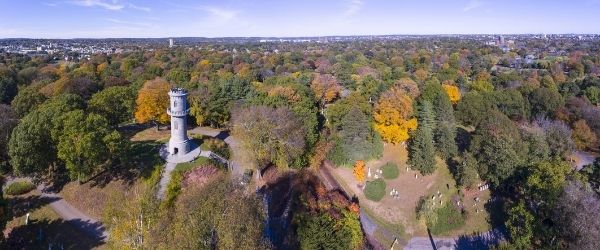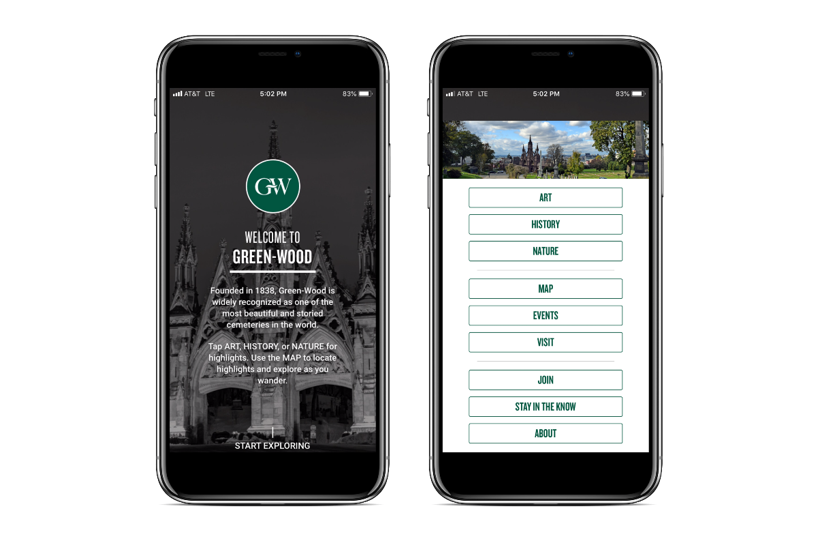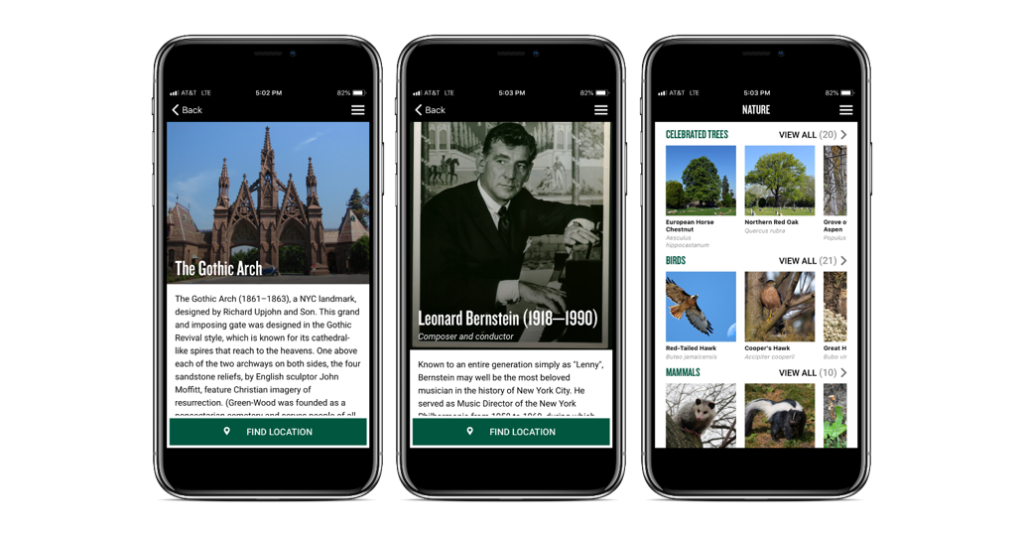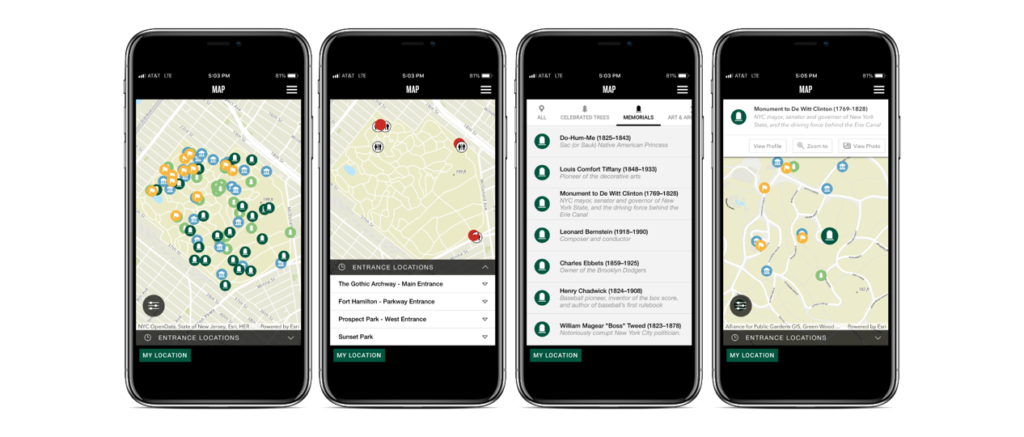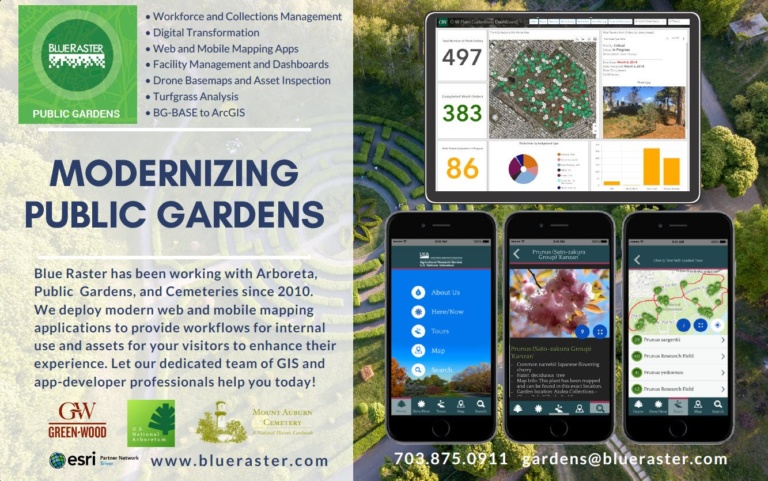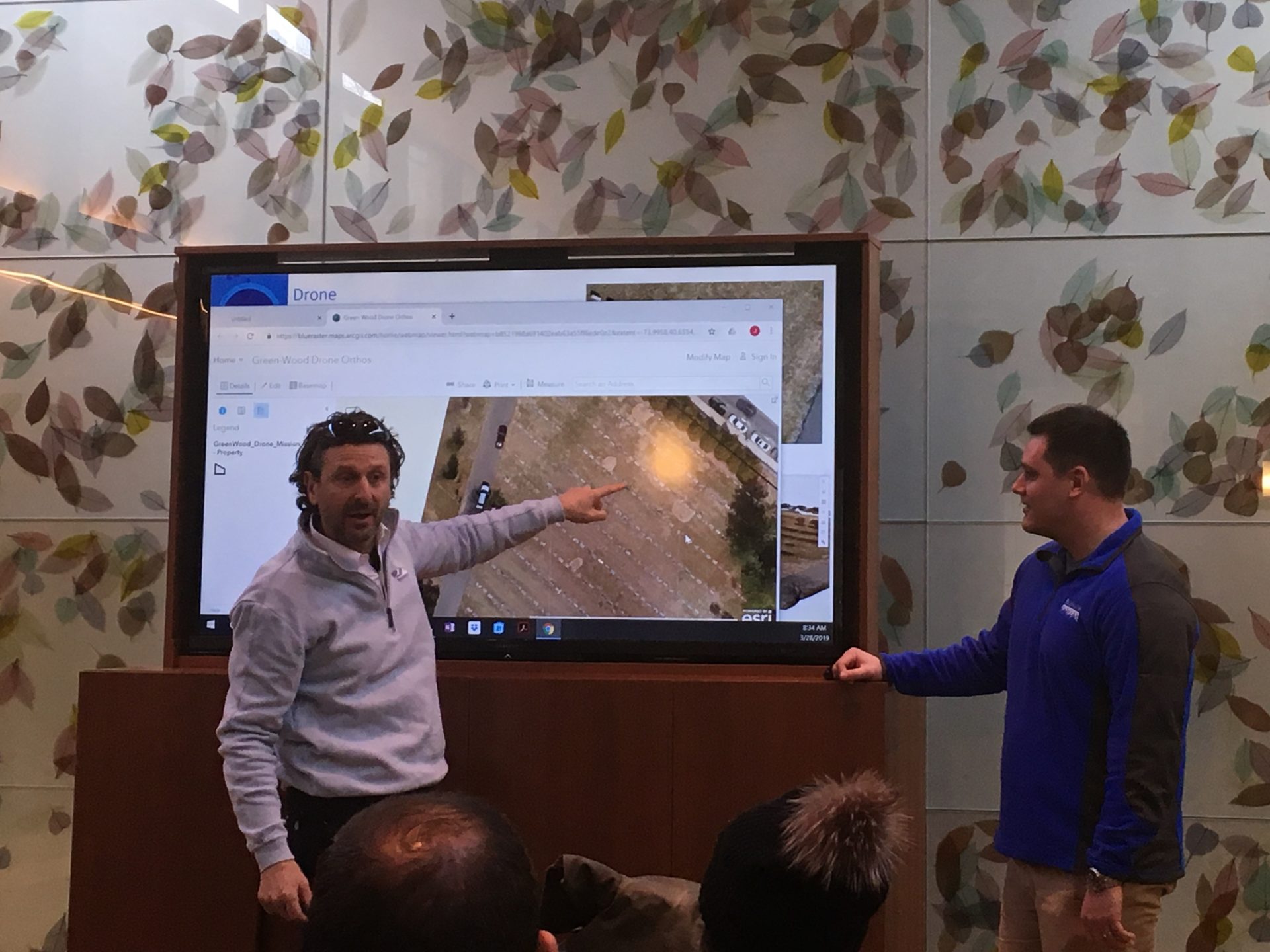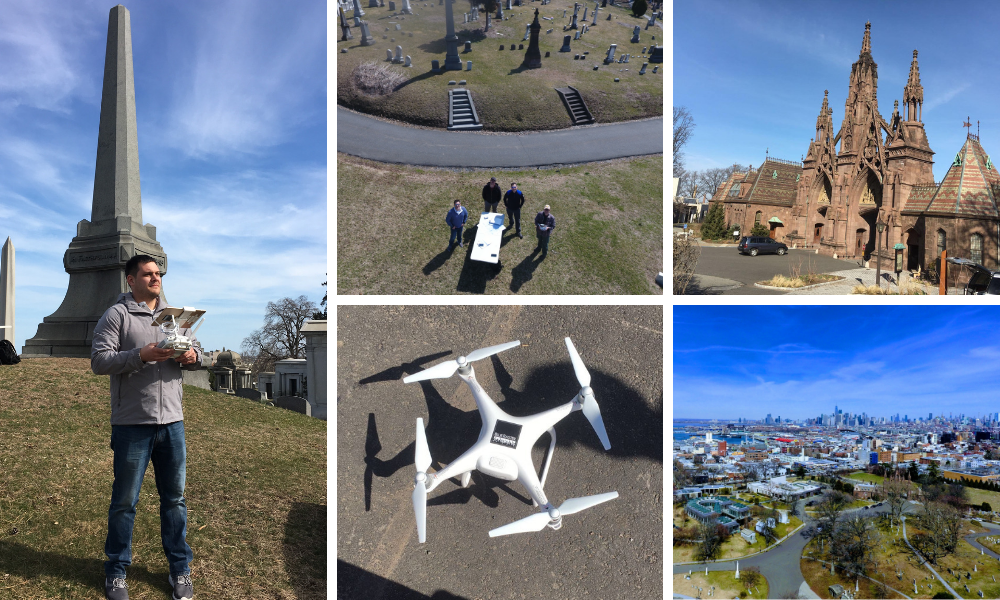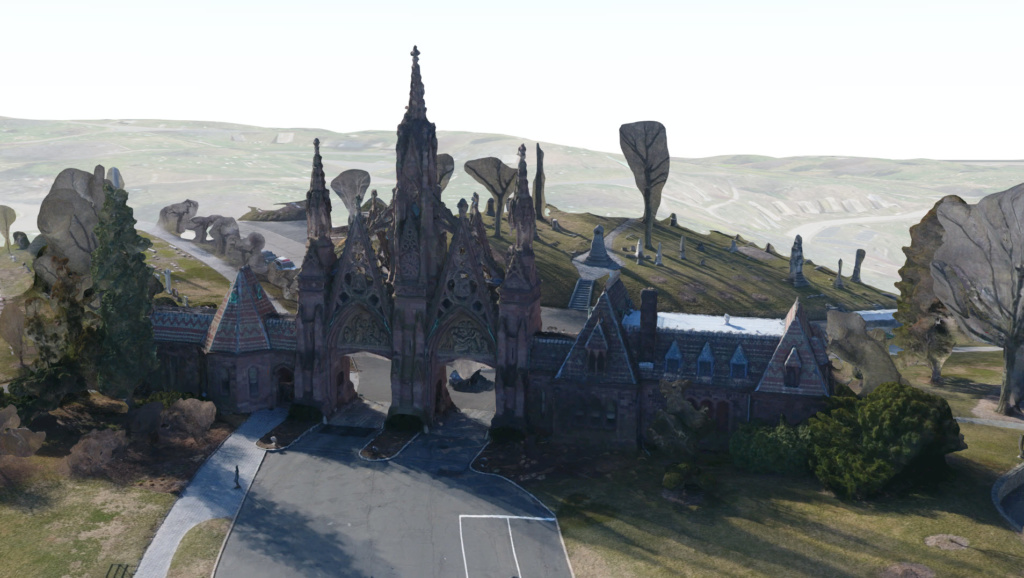Last week was the American Public Garden Associations' (APGA) Annual Conference in Forth Worth, Texas. Over 1,000 people in the community attended to learn from each other's success stories and best practices around garden management, public engagement, horticulture, plant curation, conservation, and education.
Christopher Gabris, Blue Raster’s Public Gardens Practice Lead, traveled to network with existing partners and share with other conference attendees how Blue Raster is using Esri’s ArcGIS platform to modernize public garden GIS and mapping workflows.
Conference highlights included a Southern Garden Charm dinner party and drone light show at the Dallas Arboretum, and celebrating the Modern West at the Fort Worth Botanic Garden.
Blue Raster currently works with over a dozen public garden, arboreta, and cemetery clients. Our team designs and develops workflows for creating and updating plant collections from out in the field, syncing botanical data with popular repositories, building interactive web and mobile mapping applications for the public, and training public garden staff on maximizing the use of GIS software.
We look forward to continued engagement with the American Public Garden Association community throughout the year and presenting our work at the 2024 conference in Boston!
See how Blue Raster can help modernize your public garden and cemetery workflows today!

